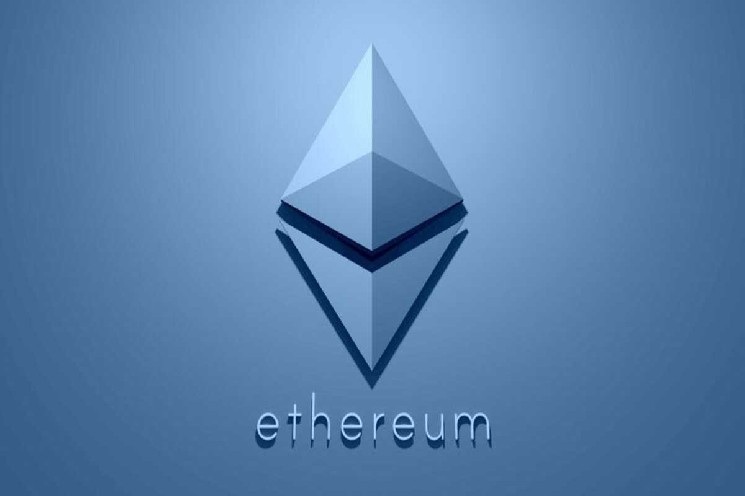Experts Warn About The Biggest Problem With Ethereum After The Merge

Justin Bons, the founder and CIO of Cyber Capital, reveals the biggest threat to Ethereum after the merge. He believes that investors, traders, and developers are standing at the crossroads of Ethereum.
He reveals a number of external factors that could affect Ethereum, including a potential sanction from the US government. The US Treasury’s Office of Foreign Asset Control recently sanctioned a virtual currency mixer, Tornado cash. There was speculation as to whether the OFAC could move against Ethereum as well.
However, according to Bons, the biggest threat to Ethereum come from within in the form of social slashing and unclear governance. He believes that Ethereum could be headed for multiple forks and a disaster.
Bons Spells Out The Danger
According to Justin Bons, Ethereum can fall into the trap of social slashing. He believes that social slashing can create similar censorship issues that it intended to fight. The merge changes Ethereum’s consensus mechanism from Proof-of-work to Proof-of-stake.
Proof-of-stake depends upon validators to verify transactions and them to the blockchain. The validators stake a specific amount of native token, which is slashed in case of dishonest behavior. For Ethereum, the amount staked is 32 ETH.
Justin believes that Ethereum’s PoS chain is censorship resistant. However, the community deciding to slash the staked Ethereum can be a big issue. He believes that slashing should be the nuclear option, only a measure of last resort. Otherwise, a lot of innocent people’s property rights could be abridged.
Progress On Ethereum Merge
The Ethereum 2.0 client Teku has released an important update that allows every mainnet user to prepare for the merge. A recent report also revealed that the Ethereum merge is 96% complete.
Ethereum developers also confirmed that the final date for the merge is September 15. However, the exact date for the merge rate will depend upon the hash rate. Ethereum needs to maintain the hash rate of at least 872.2 TH/s.






 Bitcoin
Bitcoin  Ethereum
Ethereum  Tether
Tether  USDC
USDC  TRON
TRON  Dogecoin
Dogecoin  Cardano
Cardano  Bitcoin Cash
Bitcoin Cash  Chainlink
Chainlink  LEO Token
LEO Token  Stellar
Stellar  Monero
Monero  Zcash
Zcash  Litecoin
Litecoin  Hedera
Hedera  Dai
Dai  Cronos
Cronos  OKB
OKB  Tether Gold
Tether Gold  Ethereum Classic
Ethereum Classic  KuCoin
KuCoin  Gate
Gate  Algorand
Algorand  Cosmos Hub
Cosmos Hub  VeChain
VeChain  Dash
Dash  Stacks
Stacks  Tezos
Tezos  TrueUSD
TrueUSD  IOTA
IOTA  Basic Attention
Basic Attention  Decred
Decred  Theta Network
Theta Network  NEO
NEO  Synthetix
Synthetix  Qtum
Qtum  Ravencoin
Ravencoin  0x Protocol
0x Protocol  Zilliqa
Zilliqa  DigiByte
DigiByte  Nano
Nano  Siacoin
Siacoin  Numeraire
Numeraire  Waves
Waves  Ontology
Ontology  Enjin Coin
Enjin Coin  Status
Status  BUSD
BUSD  Hive
Hive  Pax Dollar
Pax Dollar  Lisk
Lisk  Steem
Steem  Huobi
Huobi  OMG Network
OMG Network  NEM
NEM  Bitcoin Diamond
Bitcoin Diamond  Augur
Augur  Bitcoin Gold
Bitcoin Gold  Ren
Ren